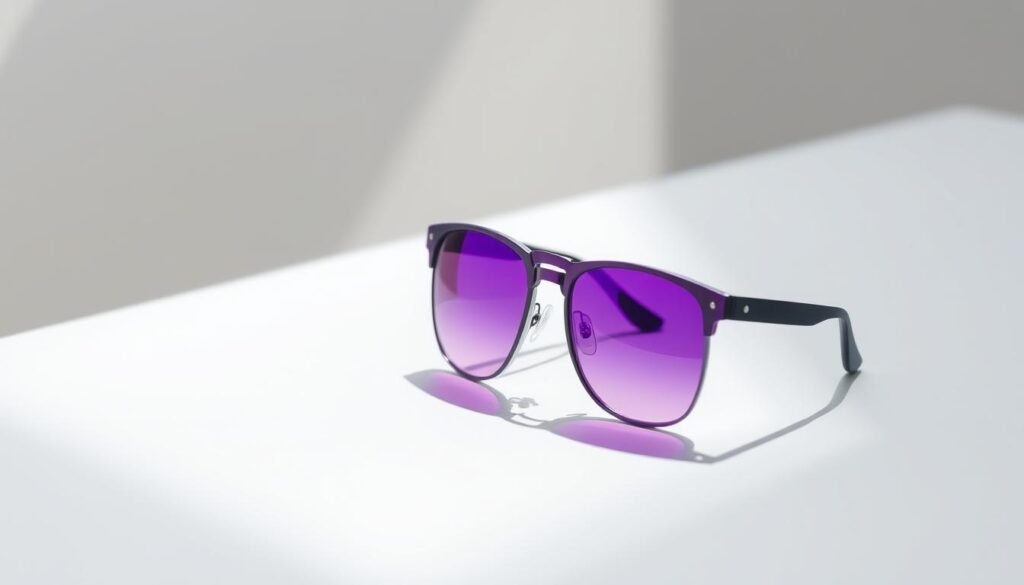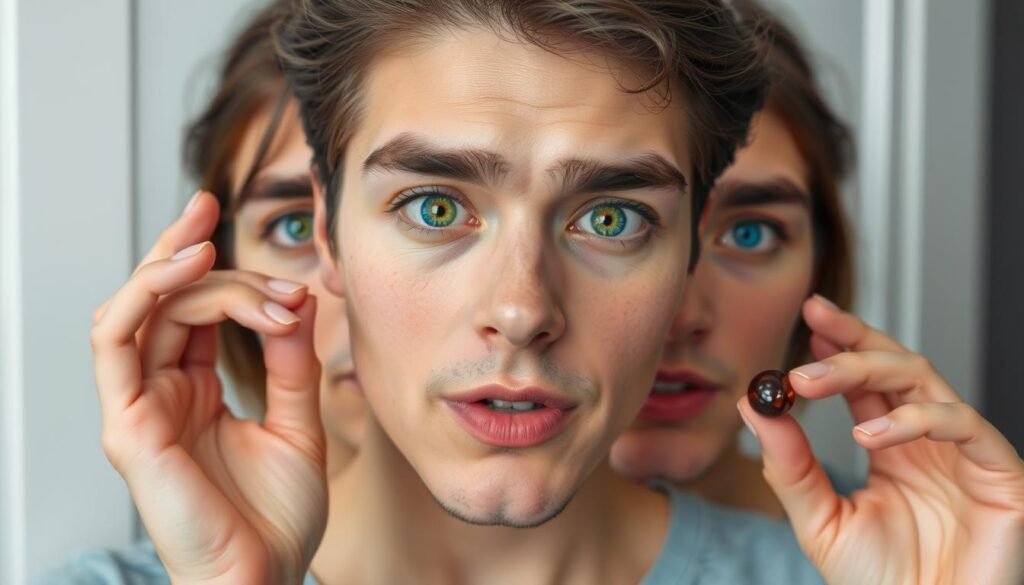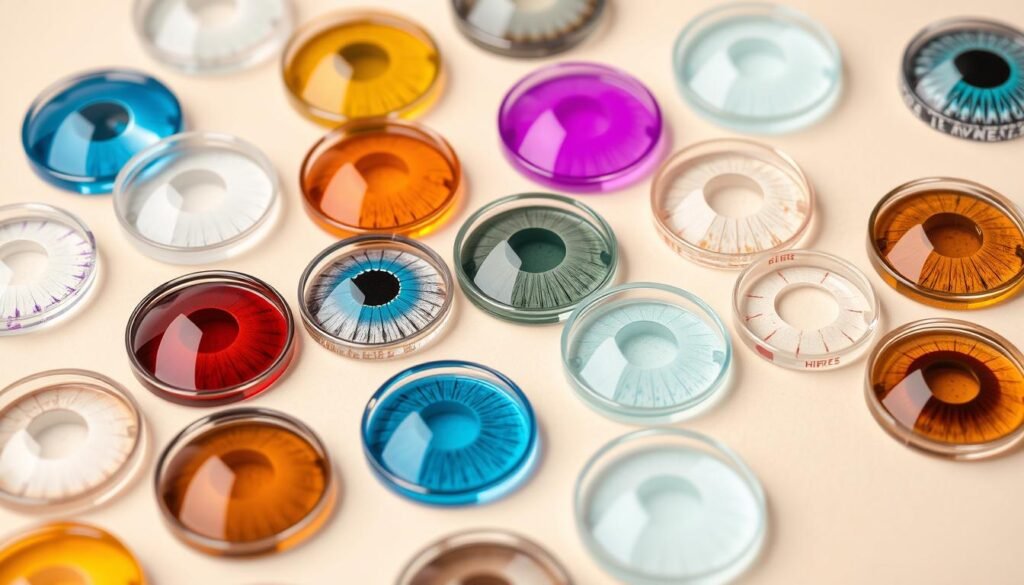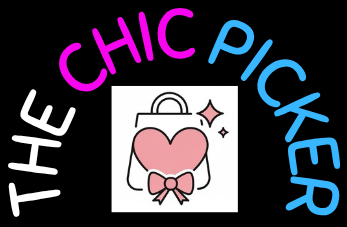The human eye is a captivating feature that can convey emotions and attract attention. With the advent of colored contact lenses, people can now change their eye color to enhance or completely alter their appearance.
Colored contacts have become increasingly popular as a way to experiment with different looks and boost confidence. But what makes a particular color or eye color attractive? Research suggests that attraction is influenced by a combination of cultural backgrounds, personal experiences, and even evolutionary psychology.
The right lens color can complement one’s natural features, such as skin tone and hair color. In the following sections, we will explore the research findings on the most attractive lens colors for both men and women.
Key Takeaways
- Colored contact lenses can enhance or change one’s appearance.
- Attraction to certain eye colors is influenced by cultural and personal factors.
- The right lens color can complement natural features like skin tone and hair color.
- Research findings on attractive lens colors will be discussed for both men and women.
- Eye color preferences can vary based on individual experiences and backgrounds.
The Psychology Behind Eye Color Attraction
Understanding why we’re drawn to specific eye colors requires delving into the psychology behind attraction. Research suggests that our preferences for certain eye colors are shaped by our early experiences and the people we bond with during childhood.
Why We’re Drawn to Certain Eye Colors
Studies have indicated that people are often attracted to those with similar physical traits to their parents or caregivers. This includes a preference for eye colors that are similar due to the bonding that occurs during early developmental stages. The amount of melanin in the iris, which determines eye color, is influenced by the genes passed down from parents. As a result, our attraction to certain eye colors may be linked to the familiarity and comfort associated with the people we grew up with.
The Role of Familiarity in Eye Color Preference
Familiarity plays a significant role in our preference for certain eye colors. The concept of imprinting during childhood can affect adult attraction patterns, leading people to seek partners with eye colors similar to their own or those of their caregivers. This preference can sometimes be unconscious, yet it significantly influences our attraction to certain eye colors.
| Factors Influencing Eye Color Attraction | Description |
|---|---|
| Genetic Influence | The amount of melanin in the iris, determined by genes from parents, influences eye color. |
| Familiarity and Bonding | Early bonding experiences with caregivers can shape preferences for certain eye colors. |
| Self-Similarity Attraction | People may be attracted to those with eye colors similar to their own. |
Most Attractive Lens Colors According to Research
Lenstore’s innovative experiment uncovered the most appealing lens colors, offering a fresh perspective on attraction. The study, which involved creating multiple profiles on dating apps with digitally modified eye colors, provided valuable insights into what makes certain eye colors more attractive than others.

Blue: The Top Choice for Men
For men, blue eyes emerged as the clear winner, garnering 27% of all matches. This was significantly higher than the next most popular eye color, brown, which received 22% of the matches. Blue eyes seem to have a universal appeal, making them a top choice for men looking to make a lasting impression.
Hazel: The Winner for Women
Among women, hazel eyes were the most popular, receiving 20.19% of the matches. Hazel eyes are often associated with a unique and captivating gaze, making them highly attractive. The versatility of hazel eyes, which can range from a light brown to a greenish-yellow, may contribute to their appeal.
Green: Universally Appealing
Despite being relatively rare, green eyes are considered universally appealing. In the Lenstore study, green eyes ranked sixth among women, with 11.49% of the matches. The rarity of green eyes, found in only about 2% of the world’s population, may contribute to their allure. Green eyes are often associated with a striking and exotic appearance, particularly when paired with certain hair colors and skin tones.
Choosing the Most Attractive Lens Color for Your Features

The right colored contact lenses can enhance your natural beauty, but how do you choose the most attractive lens color? To make the right choice, you need to consider several factors, including your skin tone, hair color, and the lighting conditions in which you’ll be wearing your lenses.
Best Lens Colors for Different Skin Tones
If you have fair skin, you can pull off a wide range of colored contact lenses. Shades of blue and gray can look particularly stunning on you. For those with brown skin or a tan, bright colored contacts that make your eyes shine brighter than your complexion are recommended. Tanned individuals often opt for hazel, green, or dark blue contacts.
Complementary Lens Colors for Various Hair Colors
Your hair color also plays a significant role in determining the most flattering lens color. Medium brown hair is versatile and can match with almost any lens color. If you have blonde or golden-brown hair, consider darker colored contacts like black, chocolate, or deep browns to create a striking contrast. For those with black hair, blue or purple contacts can provide a beautiful contrast.
How Lighting Affects Lens Color Appearance
Lighting conditions can dramatically change how your colored lenses appear. Natural daylight and artificial indoor lighting can affect the vibrancy and appearance of different lens colors. It’s crucial to consider the primary environments where you’ll be wearing your lenses. Some lens colors may “disappear” in dim lighting, so a lighter shade may be necessary for evening events. To make the right choice, test your lens colors in various lighting conditions before making a final decision.
Popular Colored Contact Lens Options

The world of colored contact lenses offers a diverse range of options for those looking to change or enhance their eye color. Whether you’re seeking a subtle enhancement or a dramatic change, there’s a colored contact lens designed for you.
Enhancement Lenses vs. Complete Color Change
Colored contact lenses can be broadly categorized into enhancement lenses and complete color change lenses. Enhancement lenses, also known as circle lenses, are designed to make your eyes appear larger and more vibrant without drastically changing your natural eye color. They feature a dark enlargement ring around the iris, creating a more defined look.
Natural-Looking Lens Options
For those seeking a more natural appearance, there are colored contact lenses that subtly enhance your eye color. These lenses are designed to blend with your natural eye color, creating a natural yet enhanced look. They are ideal for everyday wear and come in a variety of colors that complement different skin tones and hair colors.
Statement Colors for Special Occasions
For special occasions or events, you can opt for bold and vibrant colored contact lenses. Colors like violet, aqua, and honey are popular for making a statement. These lenses can be matched with appropriate makeup and outfits to create a stunning look. Seasonal lens colors, such as amber for fall or ice blue for winter, are also trending.
Conclusion: Finding Your Perfect Lens Color
Ultimately, the most attractive lens color is one that enhances your natural features and boosts your confidence. Research has shown that blue eyes are considered most attractive for men, while hazel eyes are preferred for women. However, individual preferences play a significant role, and it’s essential to consider your skin tone, hair color, and personal style when selecting lens colors.
When experimenting with colored contacts, remember to prioritize proper eye care, including getting the right prescription and following hygiene guidelines. Colored contacts can be a fun way to enhance your appearance and express your personality. Confidence is ultimately the most attractive quality, regardless of eye color.
To find your perfect match, consider shopping from reputable sources and experimenting with different lens colors. With the right combination of lens color and personal style, you can unlock a new level of confidence and self-expression.

